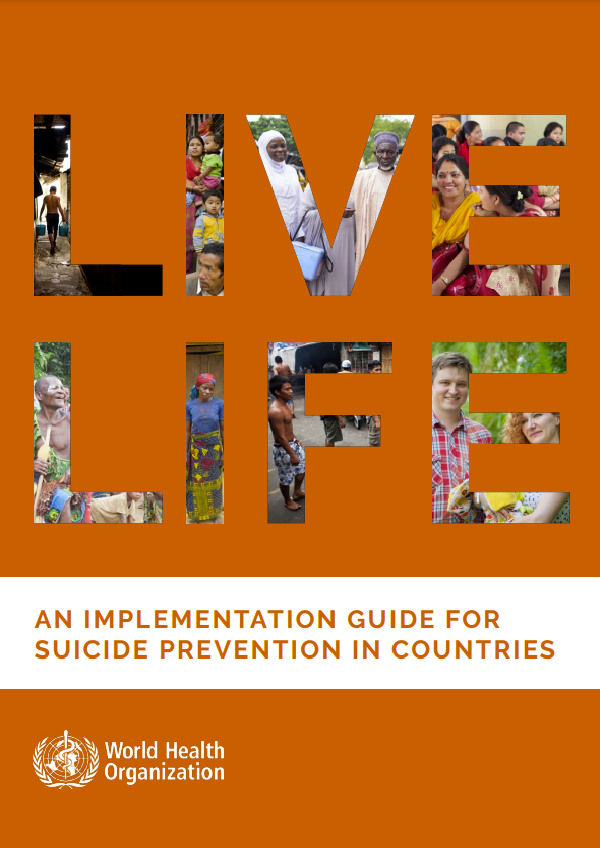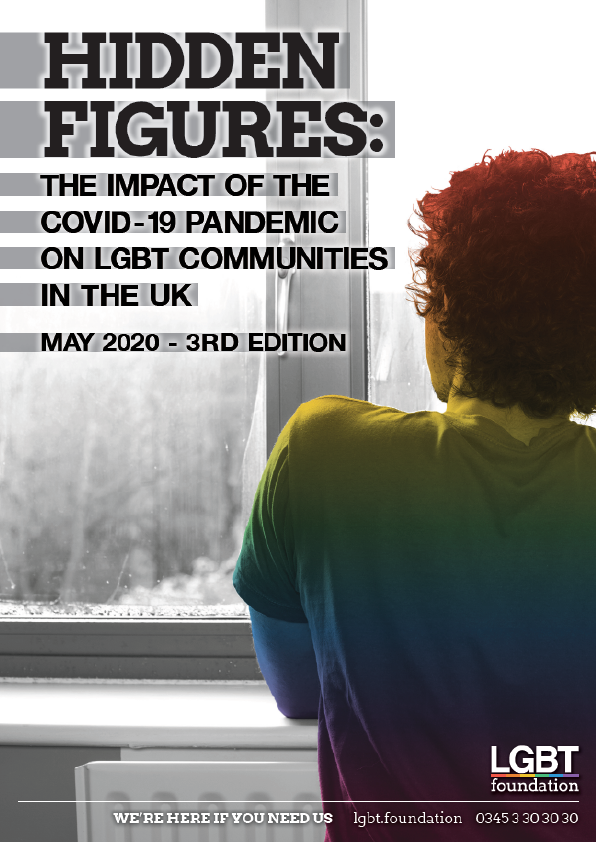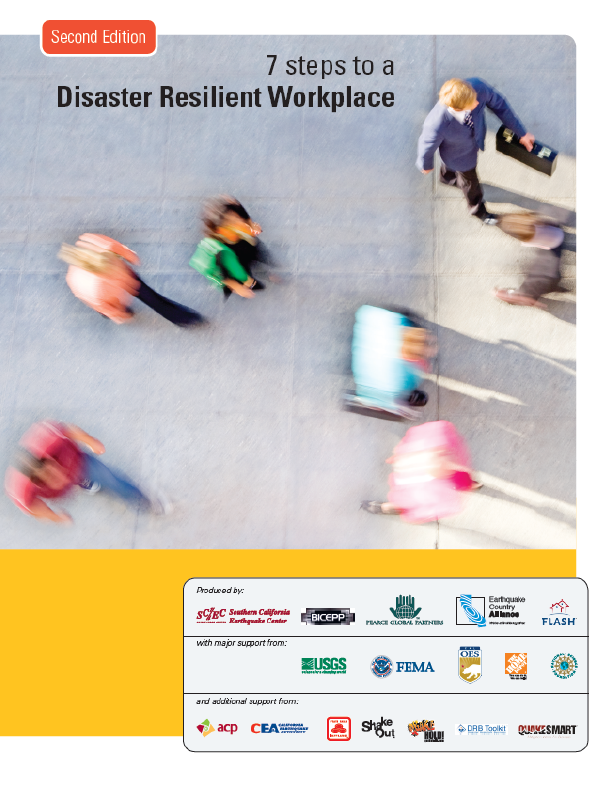More than 700 000 people lose their life to suicide every year. The world is not on track to reach the 2030 suicide reduction targets. WHO advocates for countries to take action to prevent suicide, ideally through a comprehensive national suicide prevention strategy. Governments and communities can contribute to suicide prevention by implementing LIVE LIFE – WHO’s an approach to starting suicide prevention so that countries can build on it further to develop a comprehensive national suicide prevention strategy. The guide is for all countries, with or without a national suicide prevention strategy; national or local focal points for suicide prevention, mental health, alcohol, or NCDs; and community stakeholders with a vested interest or who may already be engaged in implementing suicide prevention activities.
Over 700 000 people lose their life to suicide every year. People from all socioeconomic backgrounds are affected. Suicide is the fourth leading cause of death in 15–29-year-olds and the third in 15–19-year-old girls. The majority of deaths by suicide (77%) occur in low- and middle-income countries.
Every suicide is a tragedy, with a far-reaching impact on families, friends, and communities. Reducing the number of deaths by suicide around the world is a global imperative and global targets have been set. Reducing the global suicide mortality rate by one-third by 2030 has been included as an indicator and target (the only one for mental health) in the United Nations Sustainable Development Goals (UN SDGs)3 and in the WHO Comprehensive Mental Health Action Plan 2013–2030. WHO’s 13th General Programme of Work (GPW13) 2019–20234 includes the same indicator with a reduction of 15% by 2023.
There has been a small reduction in the global age-standardized rate of suicide since 2010 but the global trend masks regional and country-level variations; not all countries are committed to suicide prevention, and some have seen suicide rates increase. The world is not on track to reach global targets by 2030. This means that, unless there are accelerated and sustained efforts made to prevent suicide, the global targets will not be met and many more people will unnecessarily lose their life.
Much more needs to be done to reduce the number of people who die by suicide. Consequently, WHO has developed this guide to support countries to implement key effective evidence-based interventions following the WHO LIVE LIFE approach for preventing suicide as a starting point.
WHO advocates for countries to take action in preventing suicide, ideally through a comprehensive national suicide prevention strategy. A government-led comprehensive national strategy is a powerful tool that helps to ensure that the government and other stakeholders are committed to preventing suicide in a country, that there is coordination and monitoring of their efforts, that suicide prevention is placed high on the political agenda, and that resources are allocated to make it possible to implement the necessary actions. Although there has been progressing and some countries have been very active in suicide prevention, only 38 countries were known to have a dedicated national suicide prevention strategy in 2018 (WHO, 2018a). Additionally, governments often underestimate the importance of coordinating implementation after the national strategy has been adopted. In the field of non-communicable diseases (NCDs), implementation gaps for national action plans have been attributed to inadequate funding, limited capacity, inaction across sectors, and lack of standardized monitoring and evaluation (Tuangratananon et al., 2019). Indeed, evaluations of national suicide prevention strategies are largely lacking.
The absence of a comprehensive national suicide prevention strategy should not stop countries from implementing interventions for suicide prevention. In many countries that have no strategy, a wide range of stakeholders is engaged in suicide prevention activities – from organizing survivors’ support groups to awareness-raising and advocacy for at-risk populations. Community stakeholders (see Annex 1 for a list of sectors and stakeholders) will benefit from implementing any of the LIVE LIFE components; their implementation can form the beginnings of suicide prevention in a country, gaining momentum with the potential to grow into a national response for suicide prevention. Therefore, both governments and communities contribute to suicide prevention when implementing LIVE LIFE through top-down and bottom-up processes respectively.











